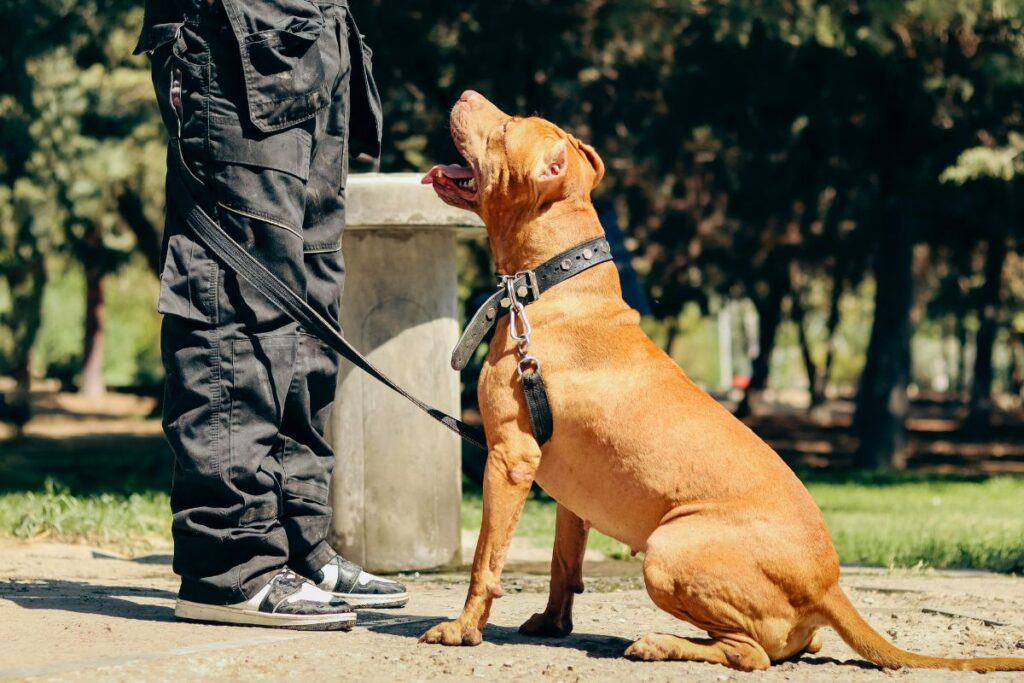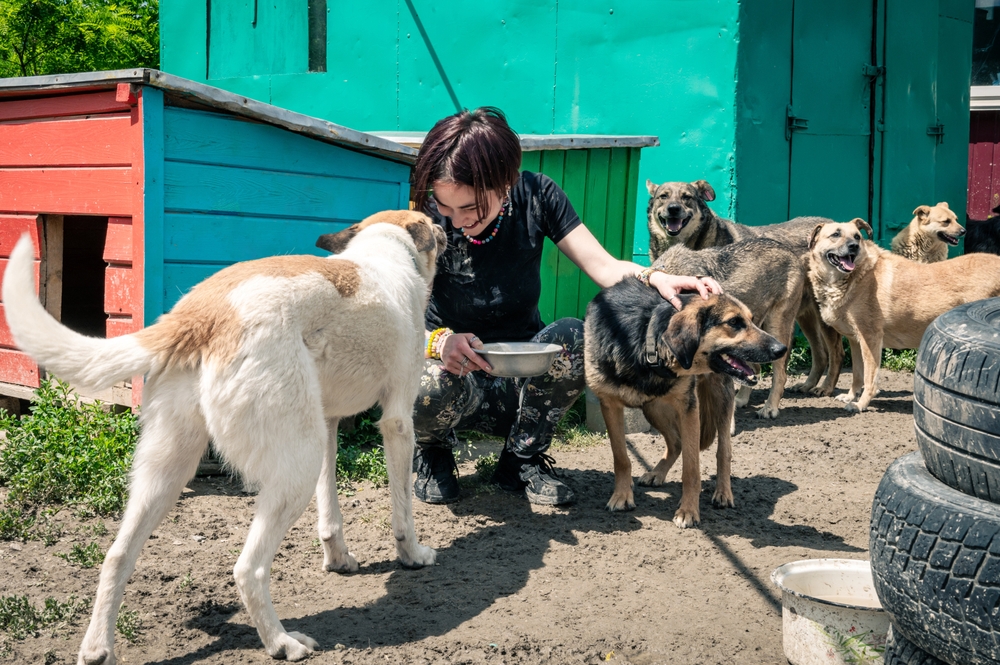Study Shows People Have More Empathy for Dogs and Children Than Adult Humans

Two hundred forty college students sat down to read what they believed was genuine news coverage from the Boston Globe. Violent crime story described a brutal baseball bat attack that left victim with broken bones, multiple lacerations, and unconscious body discovered by police. Every student read identical article with one crucial difference: the victim’s identity changed between versions.
Researchers measured emotional responses using fifteen dimensions of personal distress. Results shocked even seasoned sociologists who study human behavior professionally. What they discovered challenged assumptions about who deserves our sympathy and revealed uncomfortable truths about moral decision-making that most people would never admit out loud.
News stories about battered animals generate massive public outrage while child abuse cases sometimes receive less attention. Everyone notices this pattern, but nobody could explain why until Northeastern University researchers designed an experiment that would settle the question once and for all. What they found wasn’t quite what anyone expected.
Fake Newspaper Article Tricks 240 Students

Jack Levin and Arnold Arluke fabricated a Boston Globe story about violent crime in South End neighborhood. Levin works as noted authority on serial killers and mass murderers. Arluke pioneered the field of anthrozoology, studying human-animal interactions. Together they created experiment testing widespread belief that people care more about animal cruelty than human-directed violence.
Fictional news report described attack with baseball bat that occurred during wave of assaults plaguing Boston neighborhoods. Police Commissioner Davis supposedly assigned larger law enforcement presence to crime hotspots around the city. Eleven attacks documented in South End alone during one week period.
Particularly vicious assault described in detail left victim severely injured. Arriving officers found broken leg, multiple lacerations, and unconscious state. No arrests made in the case according to fabricated police reports. Story contained all elements of legitimate news coverage including quotes from officials and specific location details.
Four versions of identical story existed with only victim identity changing. Participants randomly received one version describing either one-year-old human child, adult human in his thirties, one-year-old puppy, or six-year-old adult dog. Students believed they read real newspaper coverage and responded accordingly to questions about their emotional reactions.
Emotional Response Scale Measures Real Feelings
After reading assigned version, participants indicated degree of sympathy felt for victim on comprehensive emotional response scale. Fifteen dimensions of personal distress captured nuanced reactions beyond simple “sad” or “angry” responses. Measurement tools allowed researchers to quantify empathy in ways previous studies couldn’t achieve.
Women scored higher on empathy measures than men across all four victim scenarios. Gender difference surprised nobody familiar with empathy research. Hundreds of previous studies confirmed women demonstrate more empathetic responses generally and show greater concern about animal suffering specifically.
Statistical analysis revealed patterns invisible to casual observation. Numbers told story about who deserves sympathy in human moral calculations. Rankings emerged showing clear hierarchy of victims worthy of emotional investment and protective concern.
Results Reveal Age Matters More Than Species

Human child victim received highest empathy scores of all four options tested. One-year-old baby generated strongest protective response and deepest emotional distress among participants reading that version. Contrary to popular belief about dog empathy exceeding human concern, research showed children topped the sympathy rankings.
Puppy came in second place, scoring very close to human child on empathy measures. Adult dog received third highest empathy ratings from participants. Adult human victim in his thirties generated least sympathy of all four scenarios tested. Grown person received notably less concern than either dogs or human children.
Jack Levin explained findings: “Contrary to popular thinking, we are not necessarily more disturbed by animal rather than human suffering. Our results indicate a much more complex situation with respect to the age and species of victims, with age being the more important component.”
Statistical interaction effect appeared between age and species variables. Pattern revealed that vulnerability perception drove empathy more than creature’s identity. Helplessness triggered protective responses regardless of whether victim walked on two legs or four.
As Levin explained: “Age seems to trump species, when it comes to eliciting empathy. In addition, it appears that adult humans are viewed as capable of protecting themselves while full grown dogs are just seen as larger puppies.”
Adult Dogs Seen as Big Puppies, Not Adults
Full-grown dogs viewed as vulnerable and dependent despite physical maturity. Six-year-old dog received nearly identical empathy scores as one-year-old puppy. No significant difference appeared in emotional responses to young versus mature canines.
Perception of dogs remains frozen in puppy state regardless of actual age. People attribute eternal helplessness to family pets even when animals reach full size and strength. Adult dog categorized psychologically alongside babies rather than capable adults.
“The fact that adult human crime victims receive less empathy than do child, puppy, and full grown dog victims suggests that adult dogs are regarded as dependent and vulnerable not unlike their younger canine counterparts and kids,” Levin noted.
Dogs bred over thousands of years to maintain neotenous features triggering human caregiving instincts. Big eyes, round faces, and dependent behaviors activate protective responses originally designed for human infants. Selective breeding amplified these characteristics making dogs appear perpetually needy.
Adult Humans Expected to Protect Themselves

Grown people assumed capable of self-defense in ways that children and dogs cannot manage. Victims in their thirties receive least concern because capability assumptions reduce perceived vulnerability. Age-based judgments about self-protection create empathy gaps favoring young and dependent creatures.
Adults expected to defend themselves, escape danger, or seek help when threatened. Moral calculations incorporate beliefs about victim agency and responsibility for own safety. Helpless creatures trigger stronger protective urges than those perceived as having options.
Research revealed uncomfortable truth about human moral intuition. We extend sympathy based on vulnerability assessments rather than objective harm suffered. Broken bones hurt equally whether victim is thirty years old or one year old, yet emotional responses differ dramatically based on perceived helplessness.
Children and Puppies Trigger Identical Protection Response
Difference between child and puppy empathy scores proved statistically non-significant. Both generated nearly identical emotional responses despite species boundary separating them. Human babies and young dogs occupy same psychological category in our moral thinking.
Vulnerability transcends species when evaluating who deserves protection and concern. Innocent, helpless, dependent creatures activate caregiving regardless of biological classification. Two legs or four legs matters far less than perceived ability to protect oneself from harm.
Evolutionary programming designed humans to respond powerfully to helpless infants requiring years of intensive care. These same neural pathways activate when encountering other vulnerable creatures displaying similar characteristics. Dogs accidentally or intentionally trigger circuits meant for human offspring.
Your Dog Versus Foreign Stranger Burning Building Scenario

Related research by psychologist Richard Topolski presented moral dilemma involving runaway bus hurtling toward person and dog crossing street. Only time exists to save one or the other. Researchers varied both human identity and dog ownership status to test boundaries of species loyalty.
Forty percent of subjects said they would save their own dog over foreign tourist under certain circumstances. Personal pet status dramatically increased rescue priority above unknown humans from distant countries. Kinship and attachment determined who gets saved when forced to choose.
Hierarchy emerged clearly from responses. Subjects would save sibling over dog, dog over distant cousin, distant cousin over hometown stranger, and hometown stranger over foreign tourist. Relationship proximity predicted rescue decisions more than species membership in many scenarios.
Results supported notion that pets function as full-fledged family members psychologically. Personal connection trumped species boundaries for substantial portion of participants. What seemed like simple moral question revealed complex calculations about attachment, kinship, and obligation.
Women Four Times More Likely to Choose Pets Over People
Gender differences appeared in life-or-death scenarios involving animals and humans. Women demonstrated much higher willingness to save pets over people compared to male participants. Sex-based moral reasoning patterns emerged from justifications participants provided.
Women gave emotion-based explanations for choosing to rescue pets. “I love my pet” rationales dominated female responses. Care-based thinking prioritized emotional bonds over abstract principles about human life value. Personal attachment determined moral hierarchy.
Men provided logic-based justifications for saving people over animals. Principle-based reasoning invoked rules about species priority and human life importance. Abstract moral frameworks guided decisions rather than emotional connections to specific individuals.
Pattern fits broader research on sex differences in moral psychology. Women tend toward care ethics emphasizing relationships and emotional bonds. Men lean toward justice ethics based on universal principles and logical consistency. Neither approach inherently superior, just different ways of navigating moral dilemmas.
Why Dogs Trigger Our Protective Instincts

Humans attribute human characteristics to family pets creating psychological fusion between species. Dogs occupy unique position in human society as companion animals sharing living spaces and family roles. Anthropomorphism makes pets seem more human-like than wildlife.
Thousands of years of domestication shaped dogs to communicate with humans using facial expressions, vocalizations, and body language we instinctively understand. Co-evolution created interspecies bond unlike any other human-animal relationship. Dogs learned to read human emotional states while humans developed sensitivity to canine needs.
Neotenous features activate caregiving systems originally designed for human infants. Big eyes, round faces, soft fur, and playful behavior trigger nurturing responses. Selective breeding amplified these characteristics making dogs appearance match psychological triggers for protection and care.
Family pets become psychological family members through daily interaction and emotional investment. Years of shared experiences create attachments comparable to human relationships. When forced to choose between stranger and beloved companion animal, many people prioritize existing bond over species membership.
Misleading Headlines Miss the Real Story
Huffington Post coverage of research screamed “Empathy with Dogs Stronger than with Humans” in headline. Media distortion obscured actual findings showing human children received most sympathy. Clickbait headlines sacrificed accuracy for engagement.
Public perception doesn’t match scientific reality because news coverage emphasizes dramatic interpretations over nuanced results. People remember sensational headlines while forgetting actual research details. Misunderstanding spreads through social media as simplified versions replace complex findings.
Research actually demonstrated that people care most about vulnerable creatures regardless of species. Children topped empathy rankings followed closely by puppies. Age and perceived helplessness drove emotional responses more than human versus animal distinction. Truth proved more interesting than misleading headline suggested.
Vulnerability Beats Species Every Single Time

Helplessness drives empathy regardless of victim identity. Innocent creatures unable to protect themselves generate strongest emotional responses and protective urges. Adult capability assumptions reduce sympathy even when objective harm remains identical.
Human moral intuition prioritizes protection of vulnerable beings over those perceived as capable. Evolutionary programming favored individuals who protected helpless group members requiring assistance. Modern empathy patterns reflect ancient selection pressures for caregiving toward dependent creatures.
What initially appears as choosing dogs over humans actually reveals deeper pattern about vulnerability perception. We extend care to those who cannot care for themselves, whether human children, puppies, adult dogs, or other helpless beings. Species matters less than dependency status in triggering protective responses evolution designed to ensure offspring survival.
Loading...

